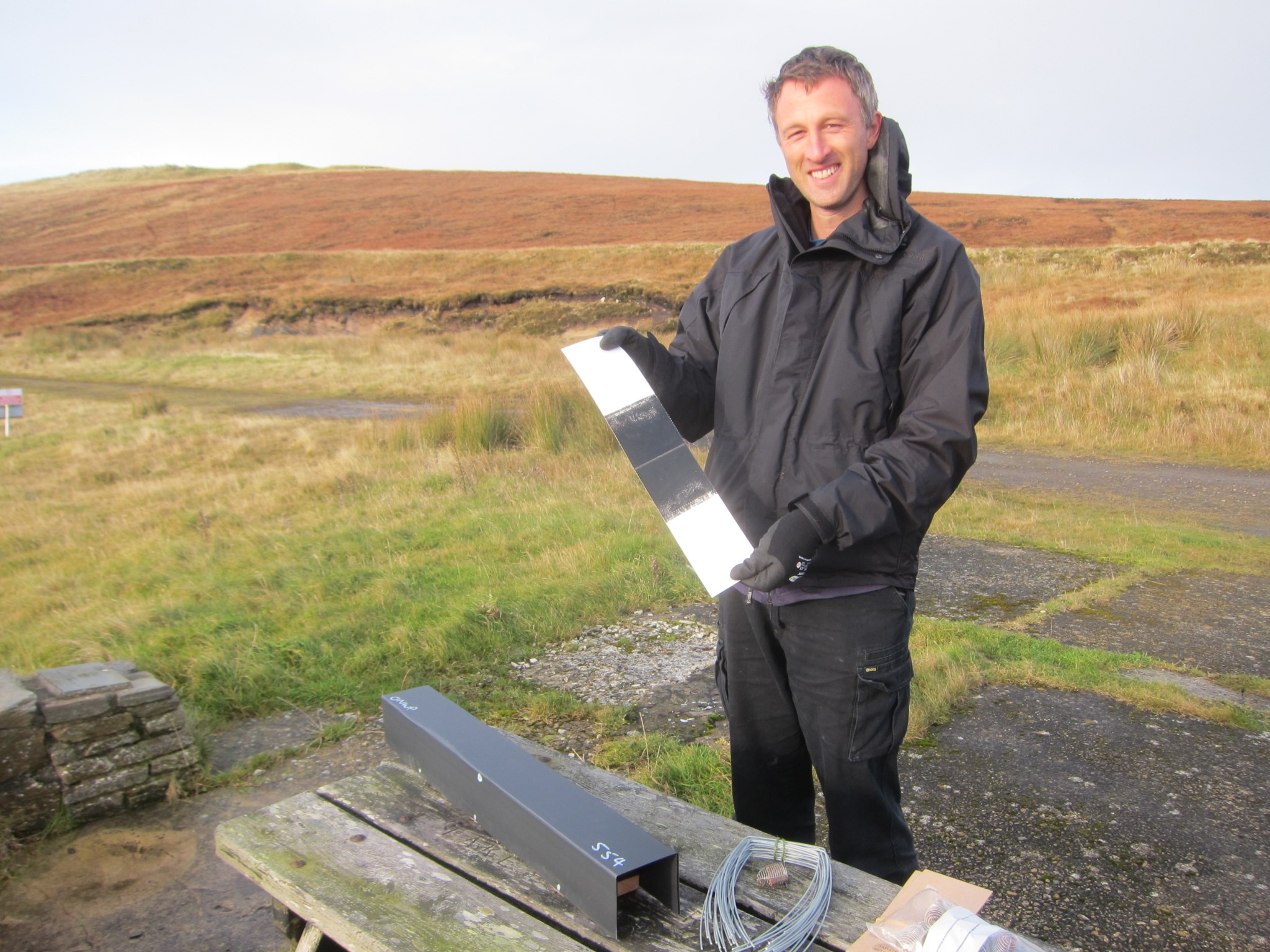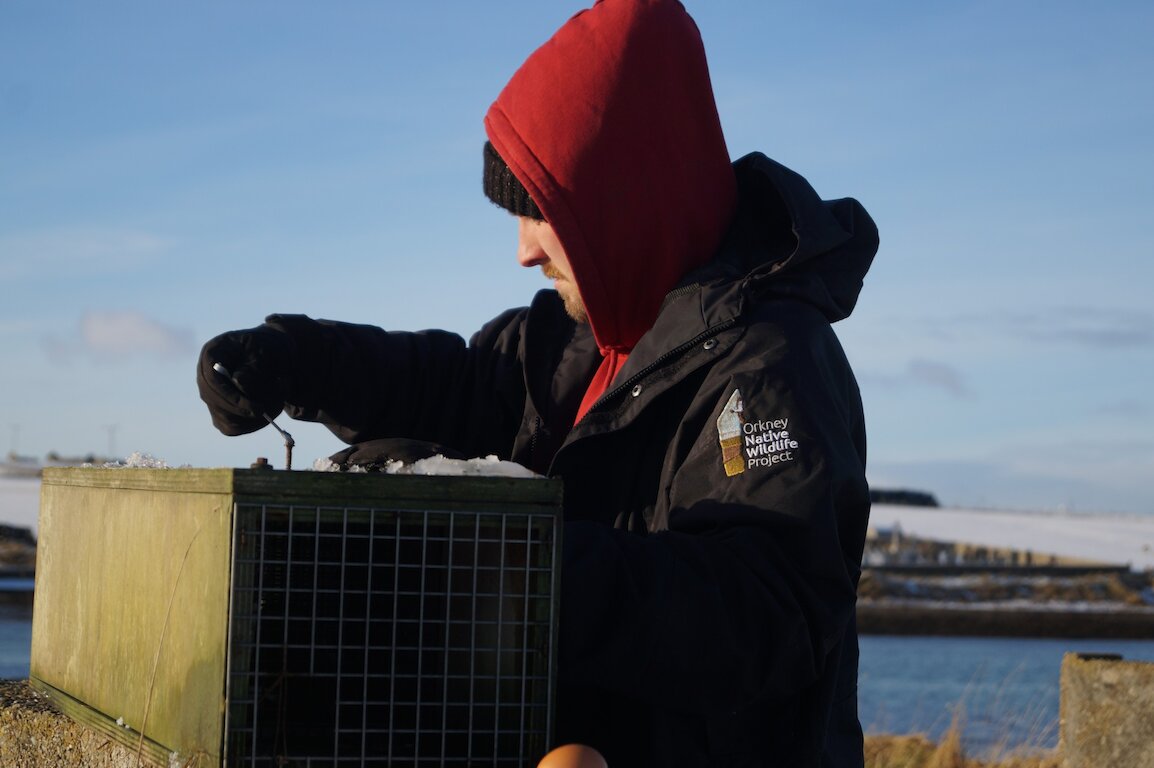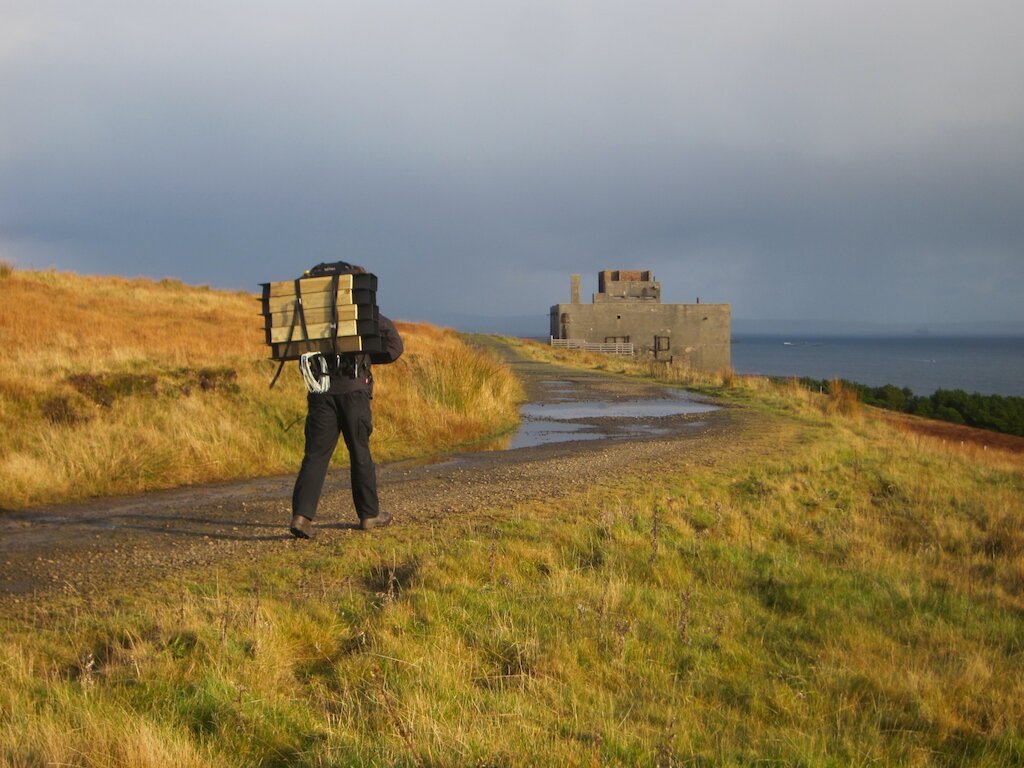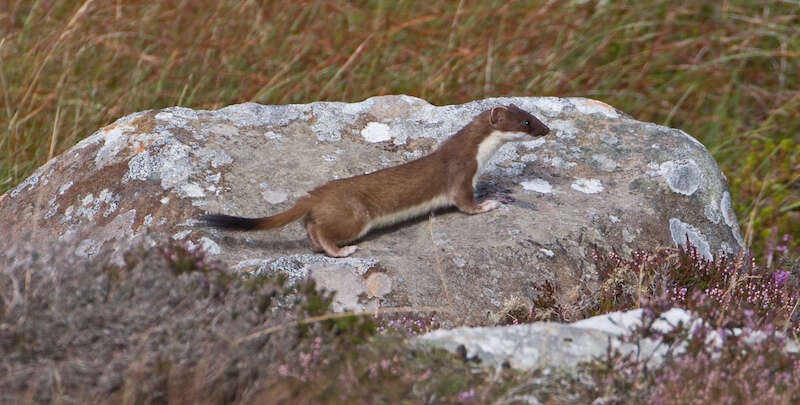In the short-term, biosecurity is essential to prevent stoats spreading to more of the Orkney Islands putting more native wildlife at risk and making the challenge to eradicate greater.

To protect Orkney’s native wildlife and economy, it is essential to stop stoats spreading now and prevent them from returning in the future.
When an invasive non-native species arrives in an area for the first time, it is known as an introduction or incursion. Biosecurity describes all the measures put in place to prevent this happening. The project has two essential biosecurity tasks:
- Short-term biosecurity
- Long-term biosecurity
Once the eradication is complete and Orkney is again stoat-free, long-term biosecurity is needed to prevent stoats returning or new invasive species arriving.

It is unknown whether stoats were accidentally or deliberately introduced to Orkney, so all possible pathways must be addressed.
Stoats could stowaway in lorries and ferries transporting goods into and around Orkney. Stoats are also strong swimmers, capable of travelling more than 3 km in open seas which puts several other islands within swimming distance of their current range of the Orkney Mainland and linked isles.
Our biosecurity plan is responsible for trying to prevent stoats spreading from the Mainland and linked isles to other islands during the eradication and for ensuring there are robust measures in place to prevent stoats returning once the eradication is complete.
The team works in partnership with port authorities, ferry operators, hauliers and local businesses to ensure measures to minimise accidental introductions are practical, sustainable and can continue beyond the lifetime of the project. The team also works alongside local communities to develop specific biosecurity plans for each island.
Biosecurity tools
- Biosecurity trapping
The first rule of biosecurity is that prevention is better than cure. As stoats are strong swimmers, the closer islands of Hoy, Shapinsay, Rousay, Flotta, Wyre, Egilsay, Eynhallow and Graemsay are within reach of stoats on the Mainland.
To try to prevent stoats spreading, the project has established lines of traps along coastlines that could be used as access points for stoats to cross between the Mainland and these high-risk islands.
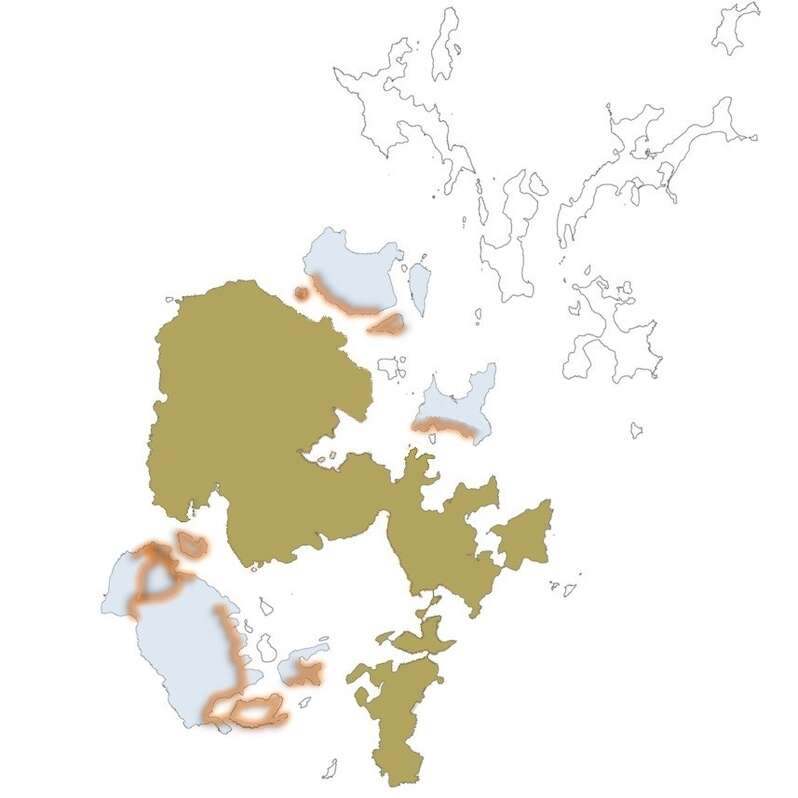
Coastal biosecurity traps on high-risk islands - Sightings
To stop stoats spreading, it is essential to detect a stoat incursion as quickly as possible. Local residents reporting any possible stoat sightings as soon as possible is one of the most important tools for protecting our islands.
- Ink cards and cameras
To assist with detecting incursions, the project has networks of monitoring tunnels across selected high-risk islands. These use an inked card to collect mammal footprints and the team then check to see if any are stoats. There are also motion-activated trail cameras in key locations.
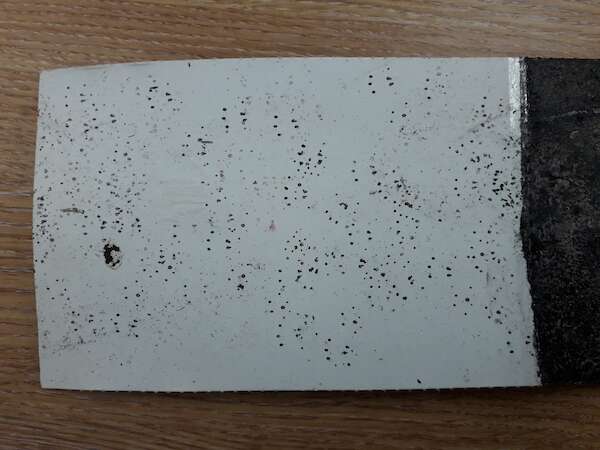
Ink card with mouse footprints - Incursion response
A key part of each island biosecurity plan is to be ready to act quickly if a potential stoat sighting is reported or detected by the monitoring tunnels, cameras or dogs – this is called an incursion response.
Every potential stoat sighting is taken seriously and quickly investigated. The team use a standard questionnaire to follow up potential sightings ideally with the person who saw the animal and may visit the area. Following this, they can use detection dog searches, cameras and monitoring tunnels to try to confirm the report and deploy traps to try to remove any stoats.
Quick reporting of potential stoat sightings is essential to enable a rapid incursion response to be launched.
- Biosecurity Champions
Our 'Biosecurity Champions' are volunteers on Hoy, Rousay, and Shapinsay who are able to deploy an immediate response to a possible incursion.
Anyone can become a biosecurity champion. If you're interested in helping monitor, record, and protect your island's wildlife, click the button below!
How you can help
Please get in touch if you are interested in volunteering and report any potential sightings as soon as possible especially if on one of the high-risk islands.

